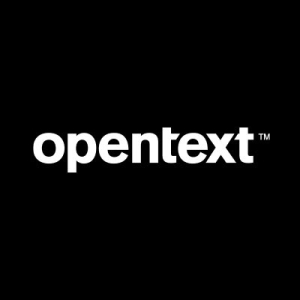Enterprise is the next level up for professionals. But if you have the cloud version, you are almost there. Because that was the way it used to be. They didn't previously have the cloud version. You had LoadRunner Enterprise, and you had LoadRunner Professional. Since the cloud has become more and more important, they have now expanded that, and they have now the cloud version as well. We use both. There are always areas that can be improved. One area of improvement in the software's support is the replaying of captured data within the development environment. It would be beneficial if the replay feature could accurately mimic what the actual application is doing for better analysis and testing. As web technologies have evolved rapidly in the past few years, the software has included a runtime viewer to debug scripts along with other logging features. However, the additional logging can be expensive, and the runtime viewer needs to be updated to better support newer web technologies. The logging feature itself is not problematic, but the discrepancy lies in the outdated runtime viewer's inability to effectively support newer web 2.0 technologies, leading to a less visually appealing and potentially less informative display. Despite this deficiency, users can still access all the necessary logging information and tailor it to their needs. In summary, although the logging feature in LoadRunner Cloud is useful, there is a discrepancy in the runtime viewer when dealing with newer web 2.0 technologies. However, you can still access all the necessary logs and set them according to your needs. The main issue is the lack of ease of use in the runtime viewer, which needs to be modernized to better support newer technologies. There is a reporting component of the cloud that could be improved, but it could simply be different from what I'm used to. I'm more accustomed to using the analysis program included with the on-premise software, whether LoadRunner Enterprise or LoadRunner Professional. The analysis engine, one of three major components of the entire software package, examines the data collected by the load test, or performance test, I am not familiar with what it is referred to as and produces a variety of reports. They do that on the cloud as well, but I'm not sure if it's as detailed, and we may not have as much control over what you want. They do that on the cloud as well, but I don't know if it's as and it seems to be pretty detailed, but we maybe not have such much control as to what you want to get, but I think it's still more than adequate in the in most cases.




